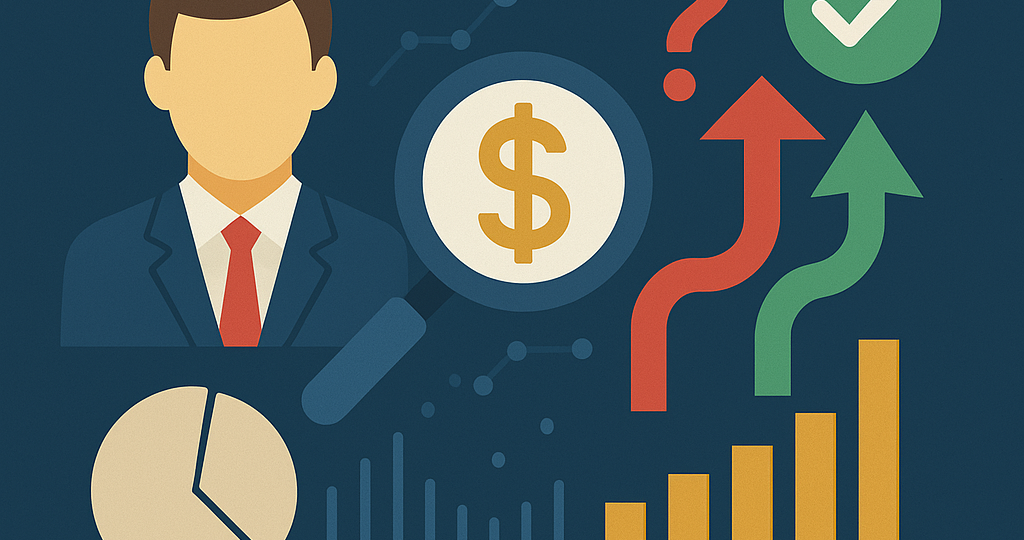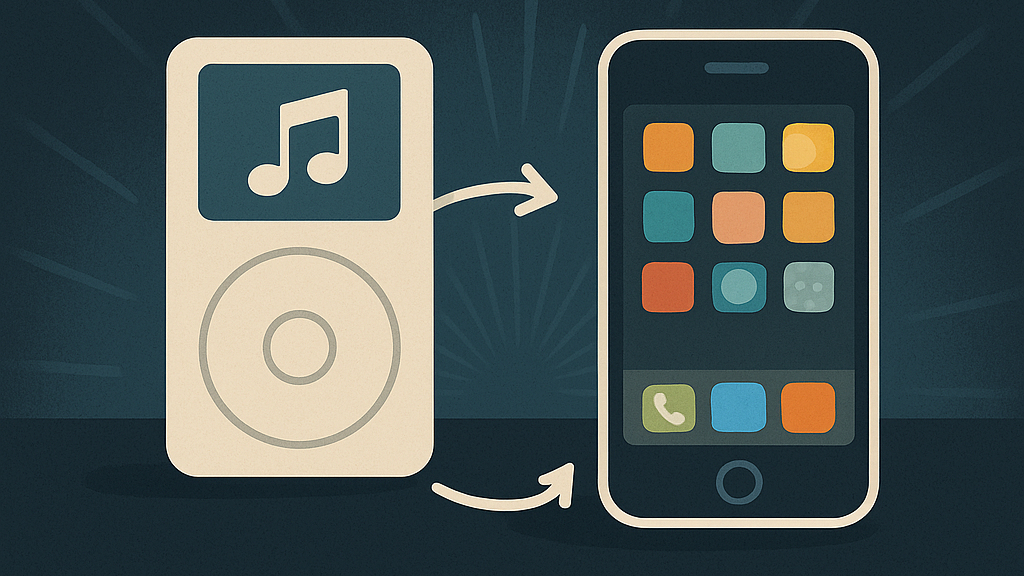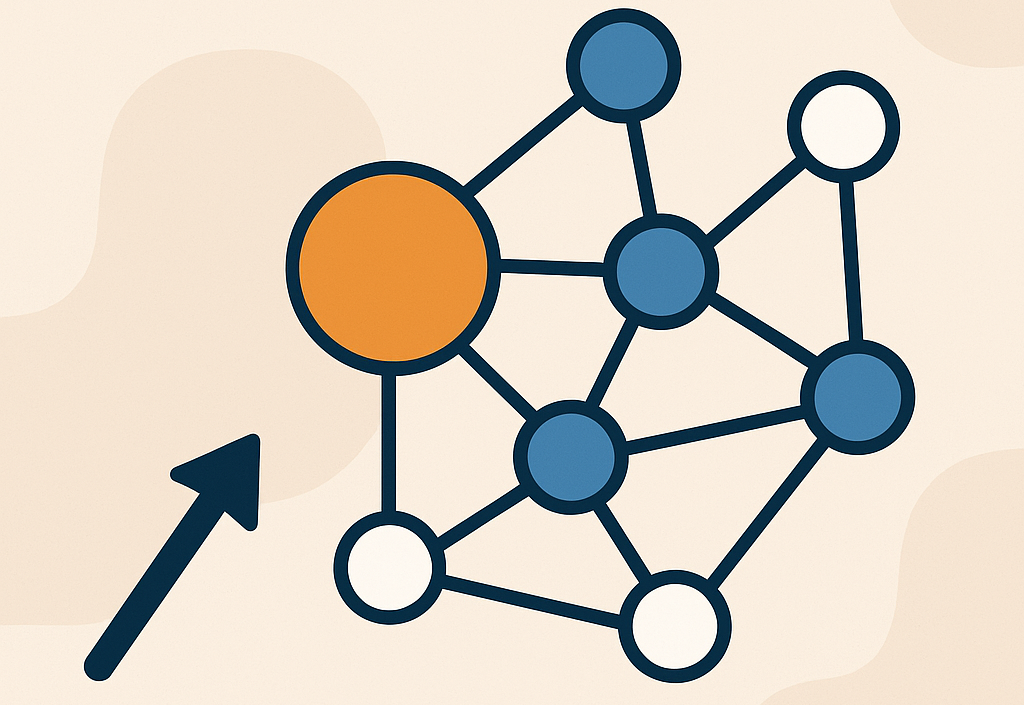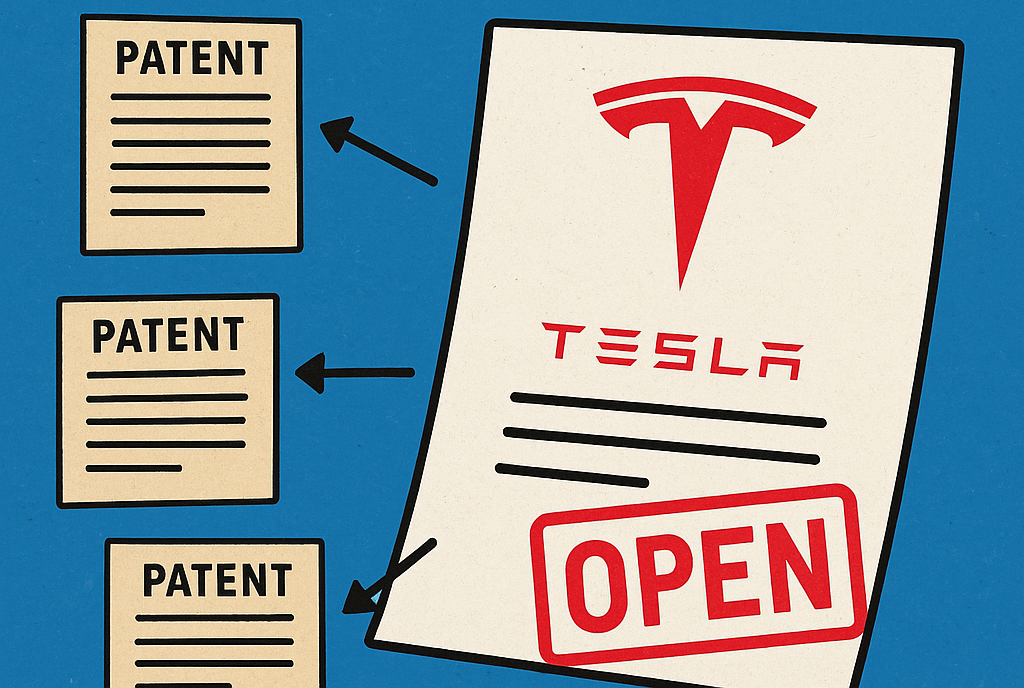
While the Bertrand Paradox paints a bleak picture of price wars, the modern economy is full of examples where companies avoid this trap. The key difference? Differentiation. Real companies don’t just compete on price — they compete on quality, branding, features, service, convenience, and emotional appeal. Even with only two major players, like Apple vs. Samsung or Boeing vs. Airbus, profit margins remain healthy because customers see their products as different.
To escape the Bertrand outcome, firms take deliberate steps: they build strong brands, offer exclusive services, create loyalty programs, or bundle products in ways that make price comparisons harder. Online retailers like Amazon are close to the Bertrand model in some ways — since prices are visible and switching is easy — but even there, sellers use tactics like “Amazon Prime,” free shipping, and personalized recommendations to keep customers loyal.
The Bertrand Paradox highlights the danger of being a commodity in a transparent marketplace. If your product is indistinguishable from others, you’re vulnerable to price slashing. That’s why industries like airlines, hotels, and telecoms, where basic services are similar, often struggle with razor-thin margins. Meanwhile, niche brands with loyal followers — like Patagonia, Dyson, or LEGO — enjoy pricing power and higher margins because they’ve stepped outside the Bertrand world.
Even though Bertrand’s original model is an extreme case, it remains influential. It forced economists to rethink assumptions about competition and inspired more nuanced theories of pricing and strategy. Today, it serves as a cautionary tale: if your only edge is a lower price, you’re always one click away from being replaced. The Bertrand Paradox isn’t just an abstract concept — it’s a reminder that in business, sameness is dangerous.
RELATED POSTS
View all


